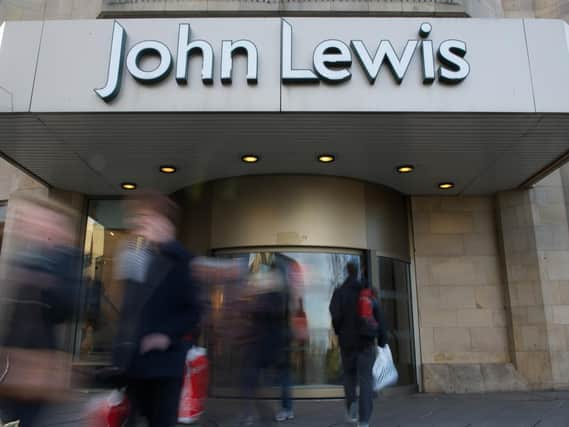Scottish store among shops to close as John Lewis and Waitrose 'slim down' footprint


The retail giant announced it will close supermarkets in Helensburgh, Four Oaks and Waterlooville as it unveiled that earnings dropped to £123 million for the year ended 25 January.
The store closures come as the partnership pledged to "slim down" its head office functions and promote closer working between Waitrose and John Lewis to cut costs and help customers shop more easily across both brands.
Advertisement
Hide AdAdvertisement
Hide AdIt follows reports last month that the group would be forced to shut stores unless financial performance improves.
Chairman Sharon White, who joined the John Lewis Partnership from Ofcom this year, told staff in a meeting at the partnerships’ private members club in Berkshire that “difficult decisions about stores and about jobs” would need to be made.
This represents the third year of declining profits across the partnership as a whole.
Revenues for the year dipped by 1.6 per cent £10.15 billion, while the group slashed its industry-renowned staff bonus to just 2 per cent of annual salary, marking the lowest payout since 1953.
Advertisement
Hide AdAdvertisement
Hide AdWaitrose recorded a solid performance, with sales growth through its online arm Waitrose.com up 13 per cent.
The group said it would be investing significantly in Waitrose.com ahead of the end of its partnership with Ocado, which comes to a close in September.
White warned that more store closures could be in the pipeline. She said: "We need to reverse our profit decline and return to growth so that we can invest more in our customers and in our partners. This will require a transformation in how we operate as a partnership and could take three to five years to show results.
"The strategic review will focus on how we strengthen our core retail business and develop new services outside retail. As part of this we will also look at 'right sizing' our store estate across both brands, through a combination of new formats and new locations; repurposing and space reductions of existing stores; and closures, where necessary."